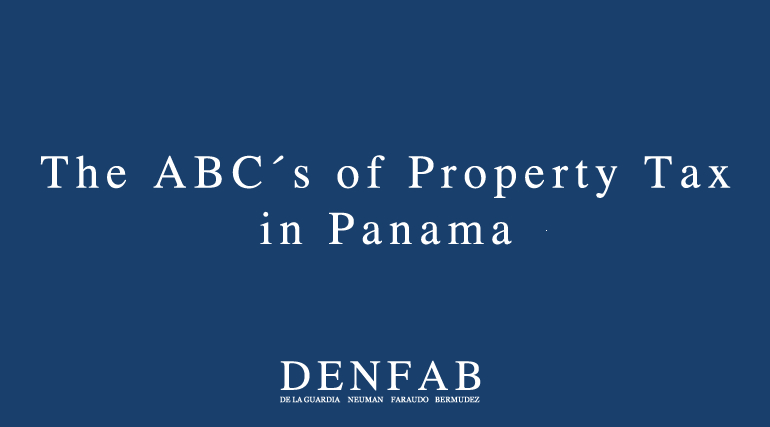The need for the Governments to collect more taxes combined with the reality of decentralization generates interest and concern in citizens regarding how it will affect their property tax. The purpose of this article is to provide the reader with a general orientation on the subject of property tax in Panama and how it affects their property.
The first thing you should know is the status of your property with the tax administration, in our country, the Directorate General of Revenue (DGI). By processing a Tax Identification Number (NIT), you can have online access to the information of your property, such as the value of your property (taxable amount), value of exemptions, when these exemptions expire, account statements, etc. It is important to verify if the data that appears in the system of the DGI is updated and correct, thus to avoid inconveniences at the moment that you require to make any transaction with your property.
Property value can be composed of two items, first land value and second is the value of improvements if the property has had any construction on it. One of the details you can consult on the DGIs system is the duration of the property tax exoneration for the value of improvements on the property. Before purchasing property, we recommend inquiring about tax exemptions and the expiration date of those exemptions if they exist.
Regarding the property tax rate, it is important to note that there are two tax rates, the combined progressive rate, and the alternative combined progressive rate.
| REGULAR RATE | ALTERNATIVE RATE | |||
| $0-$30,000 | 0% | $0-$30,000 | 0% | |
| $30,000-$50,000 | 1.75% | $30,000-$100,000 | 0.75% | |
| $50,000-$75,000 | 1.95% | $100,000 plus | 1% | |
| $75,000 plus | 2.10% | |||
According to the rate that applies to a property, there can be a large difference between the amounts of property taxes that must be paid. For example, a property with a value registered in the DGI system for the amount of $ 300,000.00, which does not enjoy any exemption:
Under the regular rate, annual tax would be: $ 5,562.50
Under the alternative rate, annual tax would be: $ 2,525.00
Any property owner can request the alternative tax rate to their property by presenting a sworn declaration to the tax administration. This process must be accompanied with a new appraisal for the current value of the property and that value must be higher than the current registered value for the property, to receive the more favorable tax rate.
Finally, it should be clear that apartments and houses subject to the horizontal property rules pay property tax at a rate of 1% on the total value of land during the time frame that its improvements are tax exempted. Once the term of exoneration of the improvements has expired, the regular rate will apply.
In general, we recommend you obtain your NIT number and review the information that appears to your property in the DGI system. In the cases of people who have acquired older properties in recent years that no longer have the benefit of exonerations, updating the property value by a new appraisal and requesting the alternative progressive rate, may result in a considerable saving in the property tax.
Lic. Gonzalo de la Guardia
de la Guardia, Neuman, Faraudo and Bermudez (DENFAB)

